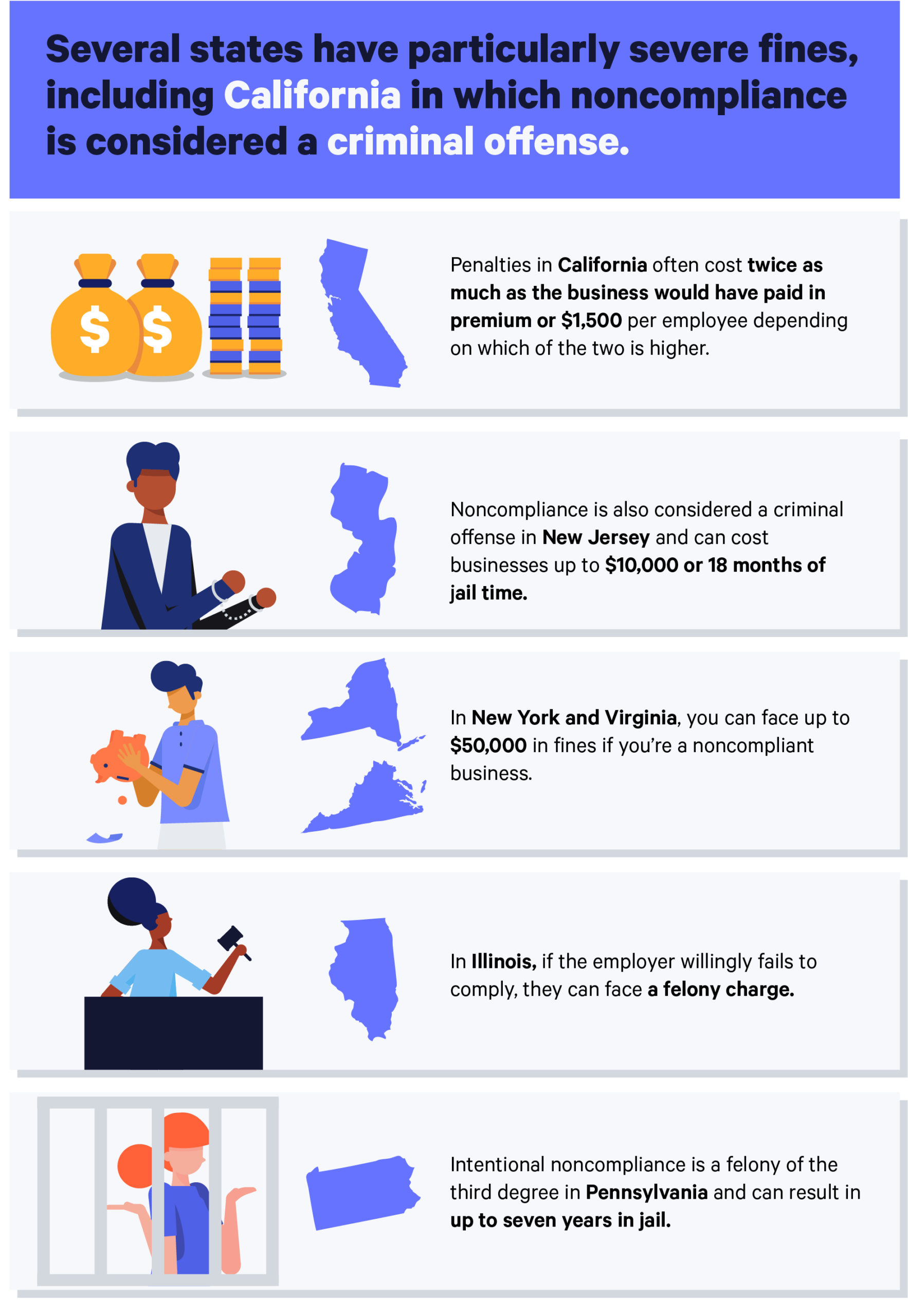Exploring Diverse Student Loans: Your Comprehensive Guide to Federal, Private, and Income-Share Agreements
Guide or Summary:Federal Student LoansPrivate Student LoansIncome-Share AgreementsFederal Student LoansPrivate Student LoansIncome-Share Agreements### Descr……
Guide or Summary:

Federal Student Loans
Private Student Loans
Income-Share Agreements
### Description:
Navigating the landscape of financing your education can be overwhelming, especially when it comes to understanding the different types of student loans available. Whether you're a high school graduate preparing for college or an adult learner returning to school, knowing the ins and outs of various student loans is crucial for making informed financial decisions. This guide will delve into three primary types of student loans: Federal Student Loans, Private Student Loans, and Income-Share Agreements, helping you determine which option best suits your educational and financial needs.
#### Federal Student Loans
Federal student loans are government-backed loans that offer numerous benefits, making them a popular choice among students. These loans typically have lower interest rates compared to private loans, and they often come with flexible repayment plans. There are several types of federal student loans, including Direct Subsidized Loans, Direct Unsubsidized Loans, and Direct PLUS Loans.
- **Direct Subsidized Loans** are available to undergraduate students who demonstrate financial need. The government pays the interest on these loans while you're in school at least half-time, during the grace period, and during deferment periods.

- **Direct Unsubsidized Loans** are available to both undergraduate and graduate students, regardless of financial need. Unlike subsidized loans, interest accrues while you are in school, which can significantly increase the total amount you'll repay over time.
- **Direct PLUS Loans** are available for graduate students and parents of dependent undergraduate students. These loans require a credit check and can cover the full cost of attendance, minus any other financial aid received.
Federal student loans also offer various repayment plans, including income-driven repayment options, which can adjust your monthly payments based on your income and family size. Additionally, federal loans provide borrower protections such as deferment, forbearance, and loan forgiveness programs for those who enter public service careers.
#### Private Student Loans
While federal student loans are often the first choice for many students, private student loans can also be a viable option, especially when additional funding is needed. Private loans are offered by banks, credit unions, and other financial institutions, and they typically have higher interest rates than federal loans.
One of the main differences between federal and private student loans is that private loans often require a credit check and may require a co-signer, especially for students with limited credit history. The terms and conditions of private loans can vary significantly from lender to lender, so it's essential to shop around and compare offers.
Private loans can be advantageous for students who need to cover gaps in funding after exhausting federal aid options. Some lenders offer flexible repayment options, such as interest-only payments while in school or deferred payments until graduation. However, borrowers should be cautious and fully understand the terms, as private loans may lack the borrower protections offered by federal loans.

#### Income-Share Agreements
An innovative alternative to traditional student loans is the Income-Share Agreement (ISA). Under this model, students receive funding for their education in exchange for a percentage of their future income for a set period after graduation. ISAs are often used by coding boot camps and other non-traditional education providers, but some colleges and universities are beginning to adopt this model as well.
One of the main benefits of ISAs is that they align the interests of both the student and the funding provider. If a student does not secure a job or earns below a certain income threshold after graduation, their payments will be reduced or paused. This can provide a safety net for graduates who may struggle to find employment in their field immediately after completing their education.
However, ISAs can also be complex and may not be suitable for everyone. It’s crucial for students to understand the terms of the agreement, including the percentage of income to be paid, the time frame for payments, and any caps on total repayment amounts.
#### Conclusion
Choosing the right student loan is a critical step in financing your education. Understanding the differences between Federal Student Loans, Private Student Loans, and Income-Share Agreements will empower you to make informed decisions that align with your financial situation and career goals. Take the time to research each option, compare offers, and consider speaking with a financial advisor to ensure that you choose the best path for your educational journey.